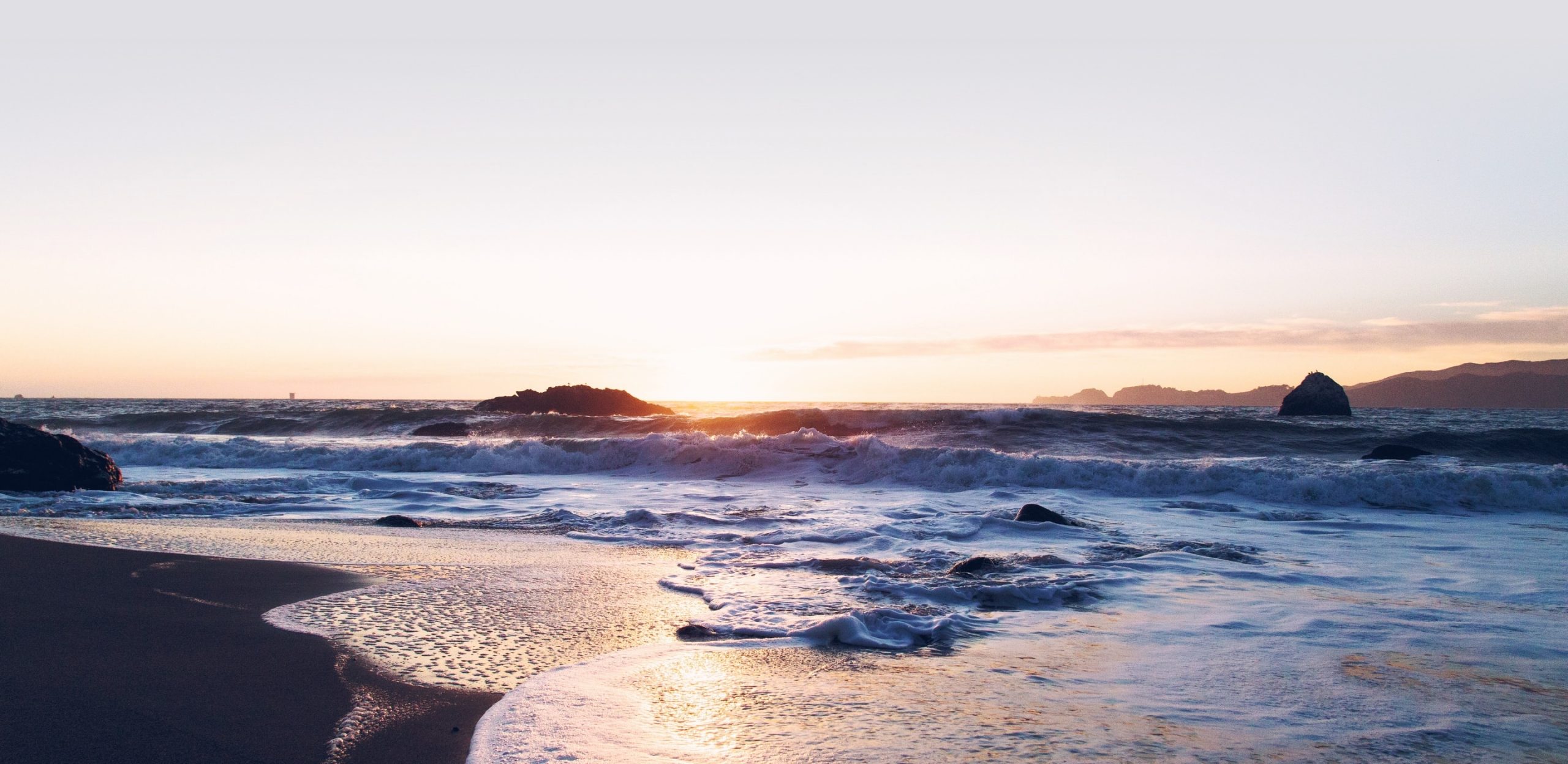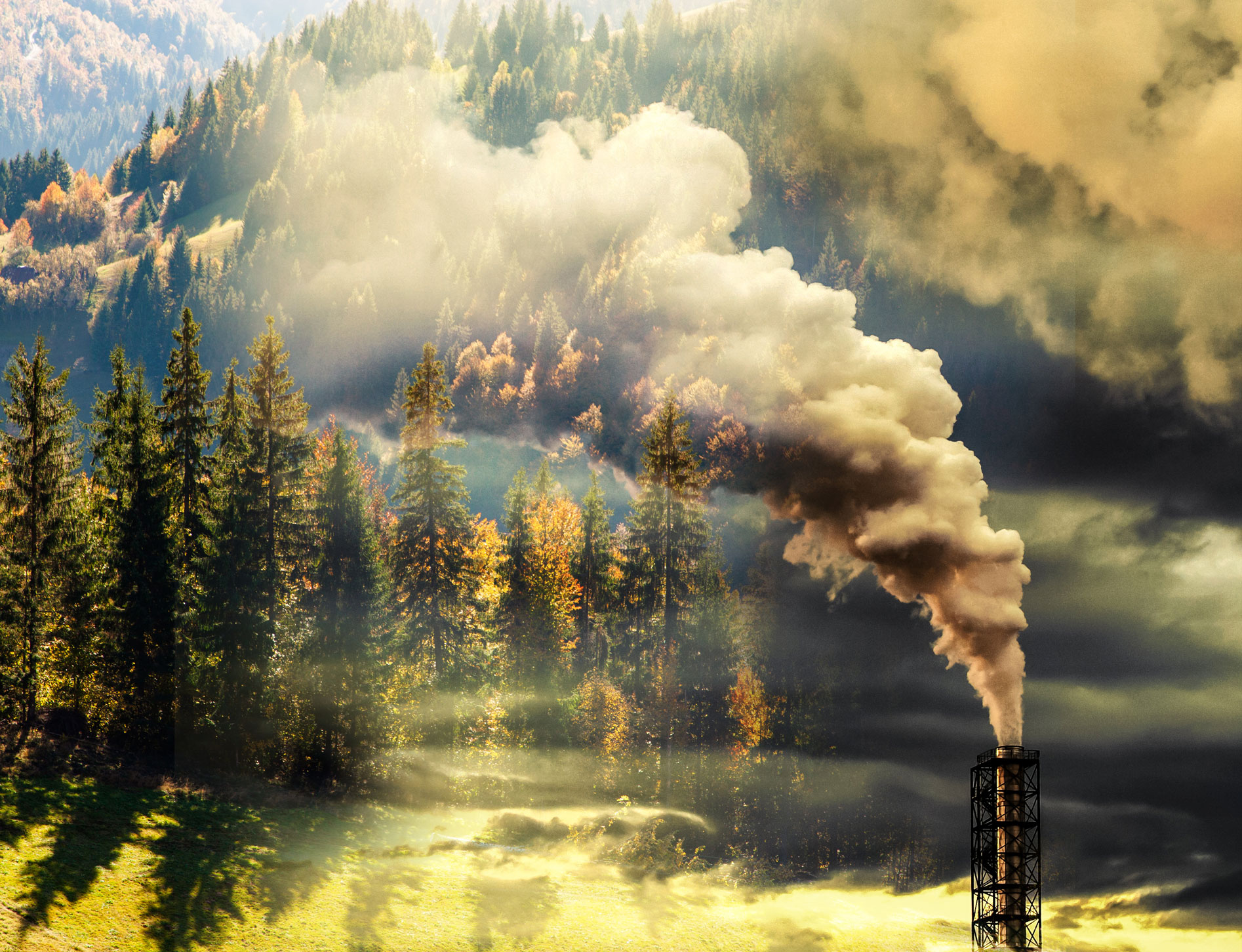
News & Blog
Latest News
-
 April 16, 2024$4 million gift launches new climate and carbon management initiative$4 million gift launches new climate and carbon management initiative
April 16, 2024$4 million gift launches new climate and carbon management initiative$4 million gift launches new climate and carbon management initiative -
 April 12, 2024Should we let AI make decisions for us?Should we let AI make decisions for us?
April 12, 2024Should we let AI make decisions for us?Should we let AI make decisions for us? -
 April 10, 2024AI bridges the gap between data and dialogue for climate journalismAI bridges the gap between data and dialogue for climate journalism
April 10, 2024AI bridges the gap between data and dialogue for climate journalismAI bridges the gap between data and dialogue for climate journalism -
 April 10, 2024Bridging Worlds: Diversity in Marine Sciences Explored at Ocean Sciences Meeting 2024Bridging Worlds: Diversity in Marine Sciences Explored at Ocean Sciences Meeting 2024
April 10, 2024Bridging Worlds: Diversity in Marine Sciences Explored at Ocean Sciences Meeting 2024Bridging Worlds: Diversity in Marine Sciences Explored at Ocean Sciences Meeting 2024 -
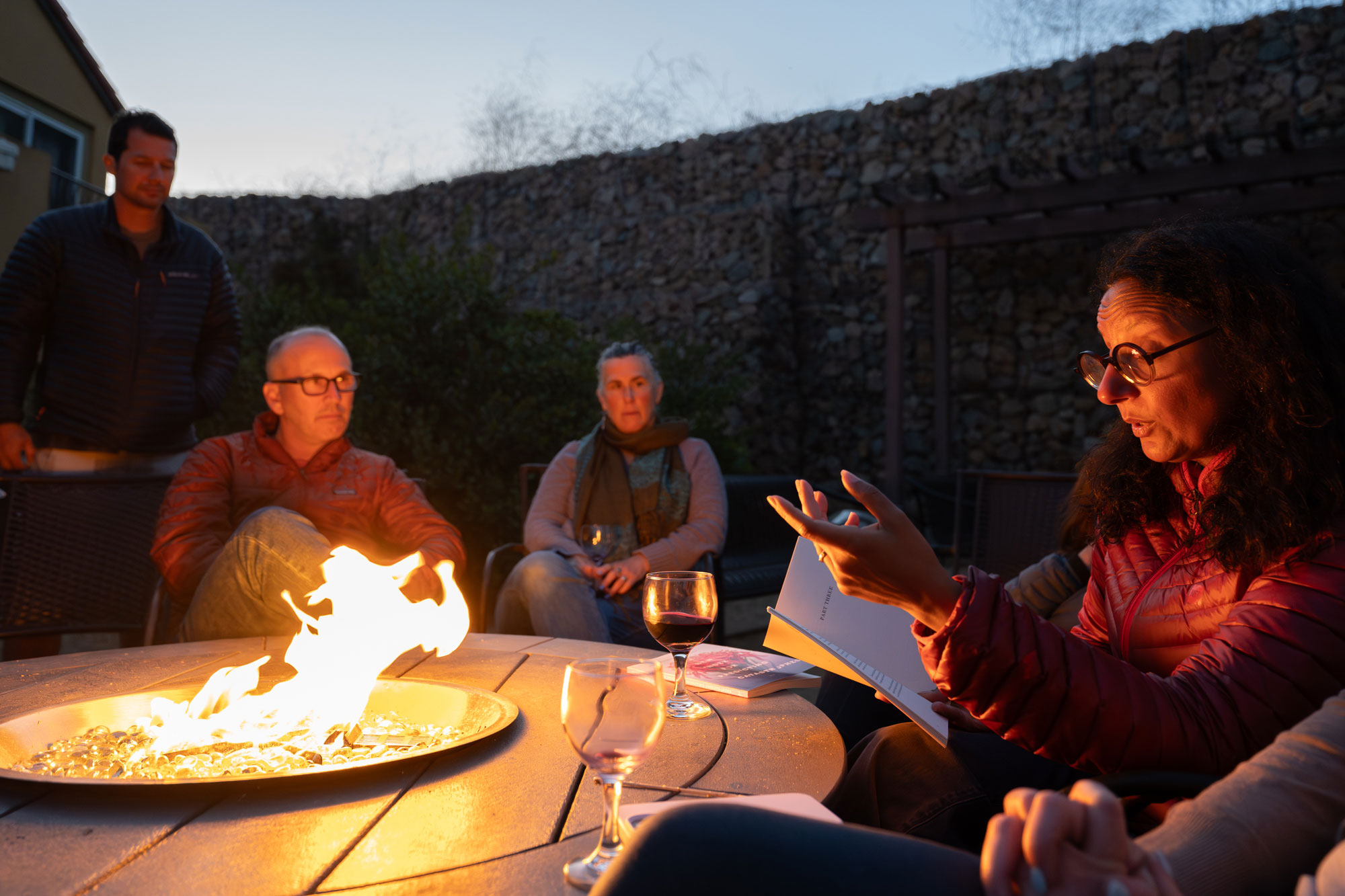 April 10, 2024USC Wrigley Institute Selects 2024 StorymakersUSC Wrigley Institute Selects 2024 Storymakers
April 10, 2024USC Wrigley Institute Selects 2024 StorymakersUSC Wrigley Institute Selects 2024 Storymakers -
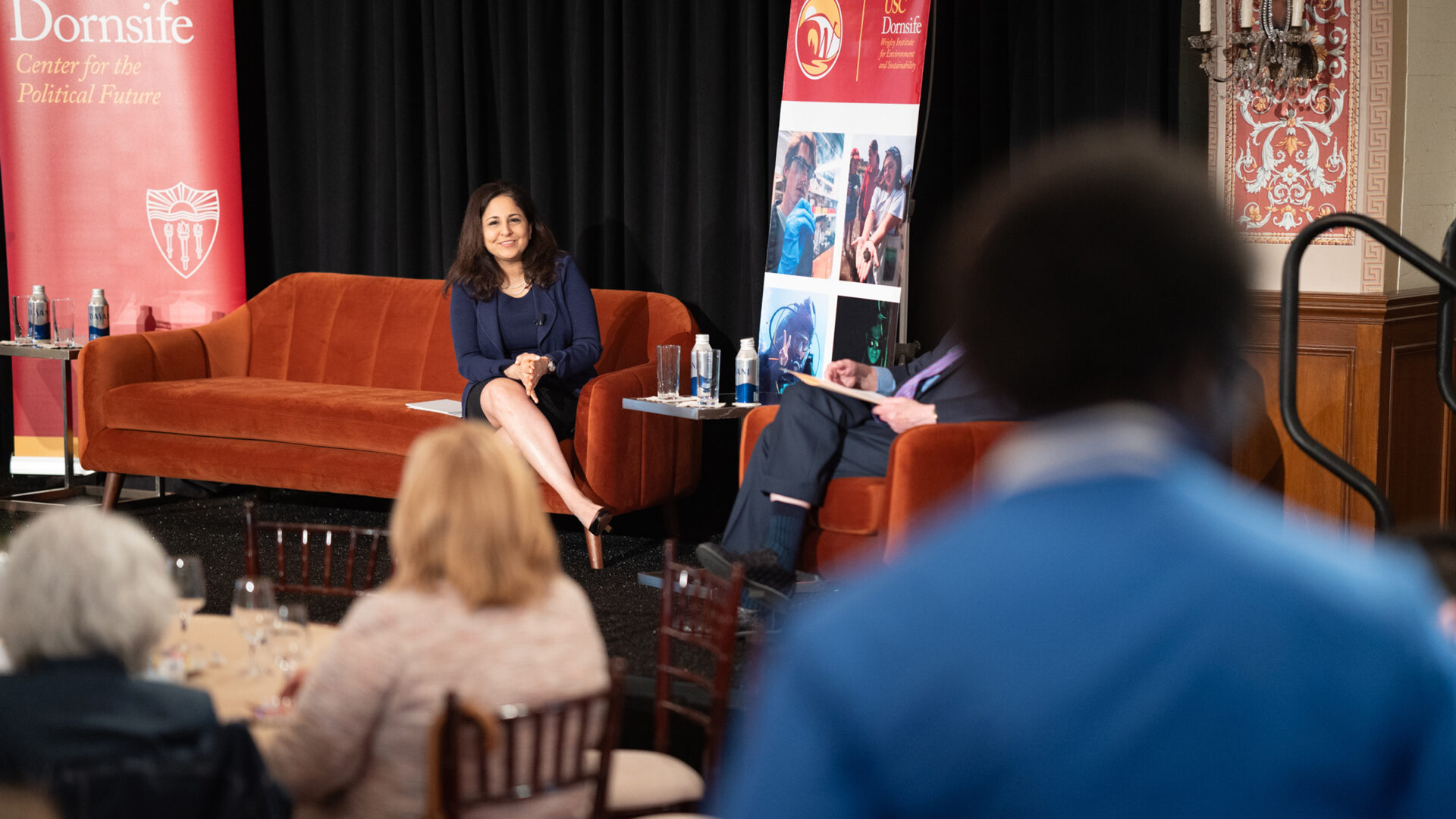 April 8, 2024Political leaders, scholars and activists discuss challenges ahead at Climate Forward ConferencePolitical leaders, scholars and activists discuss challenges ahead at Climate Forward Conference
April 8, 2024Political leaders, scholars and activists discuss challenges ahead at Climate Forward ConferencePolitical leaders, scholars and activists discuss challenges ahead at Climate Forward Conference
Blog Posts from Our Fellows & Students
The Process of Aging
Let me be upfront – I have not found the secret to eternal youth. As I rock with the motion of the ocean, floating in the middle of the water column surrounded by the rippling gold-brown of giant kelp, I’ve been studying what happens on a molecular level when kelp, a seaweed that creates huge underwater forests, ages and decays. Inside kelp cells and tissue, what signals precede the onset of deterioration? How does kelp function change with age? How does older tissue interact with younger tissue? These are all questions I aim to answer as a rising 5th year PhD candidate in USC’s Marine and Environmental Biology program under the tutelage of Dr. Andrew Gracey and Dr. Sergey Nuzhdin.
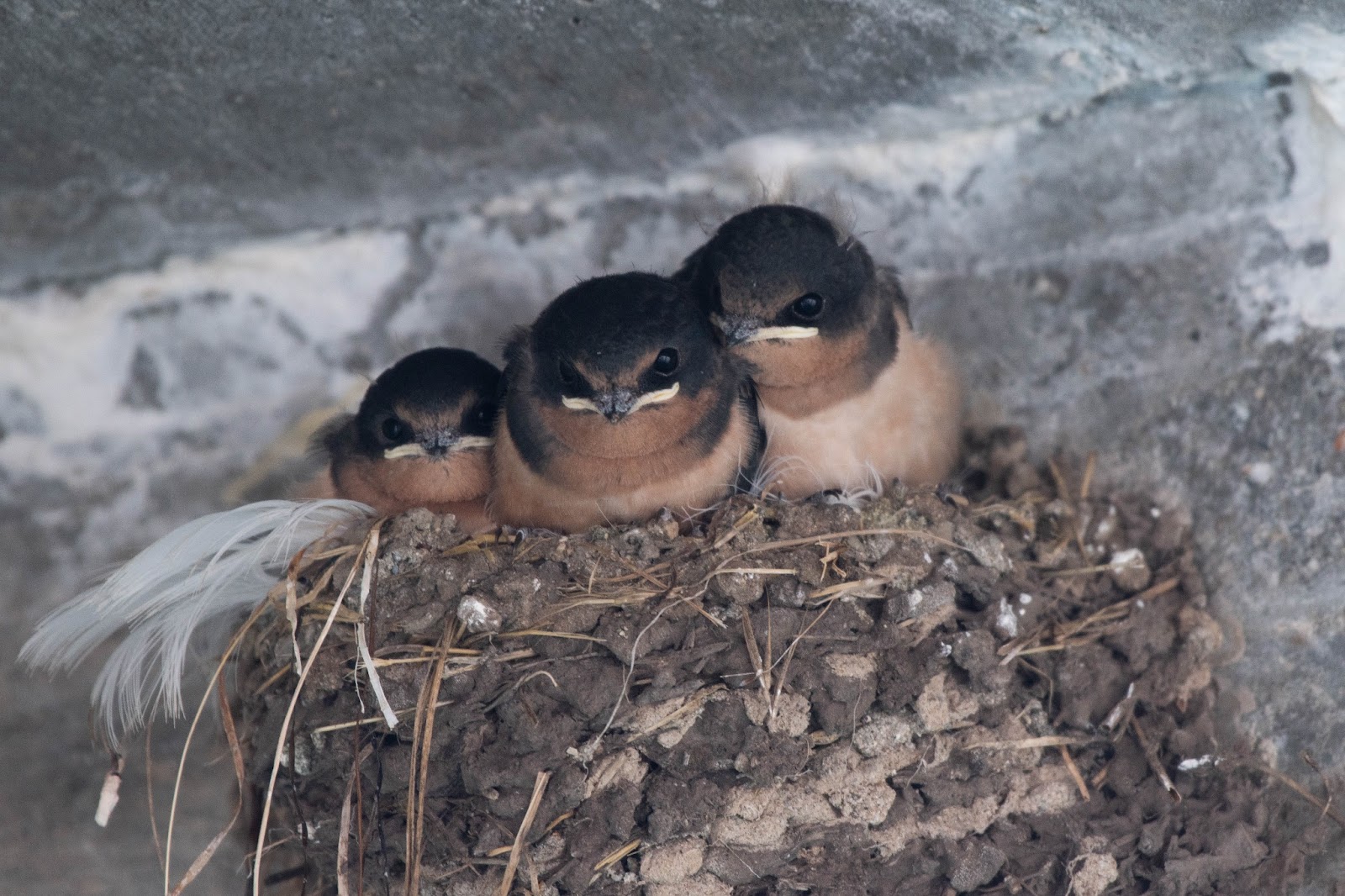
Through the Lens: Capturing unique moments, people, and wildlife on Catalina Island
I look up towards the water’s surface as a dark cloud of fish swarms above my head. As tens of thousands of sardines, in a group called a bait ball, break up the sun rays and cast their shadows on the hundreds of barracuda and kelp bass that follow and hunt them, I wonder how I got myself into this position in the first place.
Escaping Extreme Heat in Los Angeles: What makes one park cooler than another?
The first two weeks of July of 2023 have seen a constant stream of anxiety-provoking news headlines pointing to record-breaking heat in metropolitan areas around the United States. Unfortunately, these headlines leave little work for me to do in justifying the importance and urgency of studying measures to protect the public from extreme heat. My name is Aviva Wolf-Jacobs, and broadly speaking, I am interested in how urban green space can be used as a tool to promote public health and environmental justice in cities. For the purposes of my work, the term urban green space refers to trees, parks, grass, and other types of vegetation or natural greenery lining streets or inhabiting open spaces in metropolitan regions. As a PhD student in the Population, Health and Place program at USC, I work with Dr. John Wilson from the Spatial Sciences Institute in the Dornsife College of Letters, Arts and Sciences and Dr. Rima Habre from the Population and Public Health Sciences department at the Keck School of Medicine. My dissertation research looks to zoom in on the urban green space happenings around Los Angeles as they relate to health, wellness, and social equity in the context of climate change. It is unlikely that anyone reading this blog post is a climate change denier, but I’d imagine that any disbelief would be extinguished by the following information: Over 2300 heat records from Florida to California have been broken since June 10th, 2023. Some recent extreme heat events have been particularly horrifying, including hiking trail closures in Phoenix, AZ due to unshaded trail areas reaching up to 140° Fahrenheit. At the time this blog post was written, Phoenix was in the midst of a 19-day streak of temperatures over 110° Fahrenheit. Cities in California, New Mexico, Texas, Utah, Minnesota, and Louisiana, just to name a few, have all seen record daily high temperatures this summer. The 4th of July this year is said to be the hottest day on Earth in over 100,000 years.
Illuminating Genetic Diversity of Corals in The Most Diverse and Biologically Complex Marine Ecosystem on Earth – The Coral Triangle
I am Adib Mustofa, a first-year PhD student in Dr. Carly Kenkel’s Lab and in USC’s Marine and Environmental Biology program. I have been in love with coral reefs since 2010 when I joined a sailing program in the Spermonde Archipelago located in South Sulawesi, Indonesia. During this program, I had a chance to snorkel and see magnificent coral reefs for the first time. In 2016, I scuba dove in different parts of Indonesia and found an extensive area of damaged corals. That experience encouraged me to study coral reefs and take action to protect this vulnerable ecosystem. Two years later, I initiated a coral restoration program in my hometown, Lampung Province. Our team transplanted corals in a steel substrate and within a year, the corals grew quickly; we are so happy with this program’s outcomes. However, the more I read about current studies on corals, I realized that we still have a lot of things to do to make our efforts in protecting this species more efficient and effective. Particularly, I became interested in the genetics of corals. As we transplant the coral, we break the coral into smaller fragments–a process known as fragmentation through asexual reproduction. This method can produce fast-growing corals but can also possibly lead to low genetic diversity of the species. When coral with low genetic diversity face a rapidly changing environment–like we are experiencing in this year’s hot summer–they may all respond in a similar way. Thus, understanding the genetic diversity of corals is vital to inform better management to conserve this important ecosystem.

